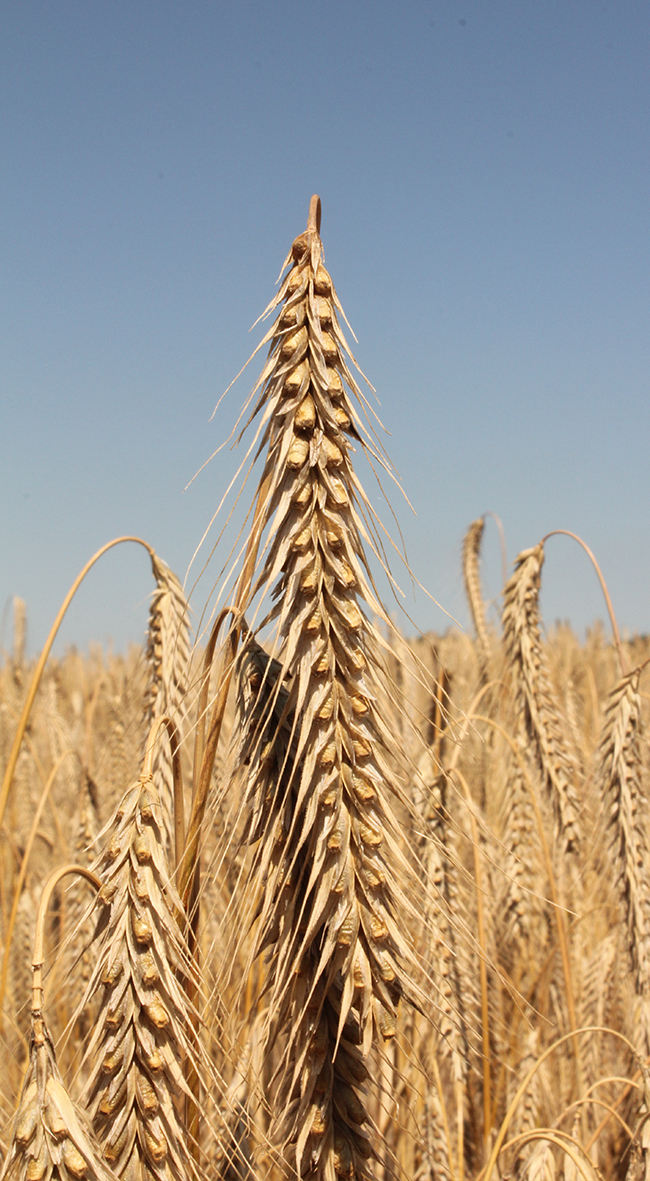 Process-based crop models are essential tools in current agronomic research. They make simulations of crop growth, development and yield under diverse soil, climate and management conditions possible. In recent years the application of crop models for climate change impact assessment and development of climate change adaptation strategies has gained increasing importance. In this context, crop models may also contribute to the development of crop ideotypes for current and future production conditions, ideotypes that feature necessary phenotypic and genotypic traits in order to optimize yield under given pedo-climatic conditions.
Process-based crop models are essential tools in current agronomic research. They make simulations of crop growth, development and yield under diverse soil, climate and management conditions possible. In recent years the application of crop models for climate change impact assessment and development of climate change adaptation strategies has gained increasing importance. In this context, crop models may also contribute to the development of crop ideotypes for current and future production conditions, ideotypes that feature necessary phenotypic and genotypic traits in order to optimize yield under given pedo-climatic conditions.
A specific challenge regarding models for winter cereals is the simulation of winter survival and hence the remaining field plant cover in spring. The FROSTOL model was developed to simulate course of frost tolerance from sowing on towards spring. By quantifying relationships between climatic factors and winter survival, the FROSTOL model makes it possible to perform risk calculations for winter survival of winter cereals under different climatic conditions and to evaluate consequences of anticipated future climatic changes for overwintering. Increased weather variability with repeated cycles of freezing and thawing is expected to be one of the consequences of climate change.
RYE-SUS will advance current models to reproduce the whole phenology process between sowing and maturity for rye by (i.) parametrizing the genotype of semi-dwarf and standard rye hybrids and (ii.) integrating their ability to tolerate dehardening and rehardening conditions during winter and hence their robustness in face of climate change.
